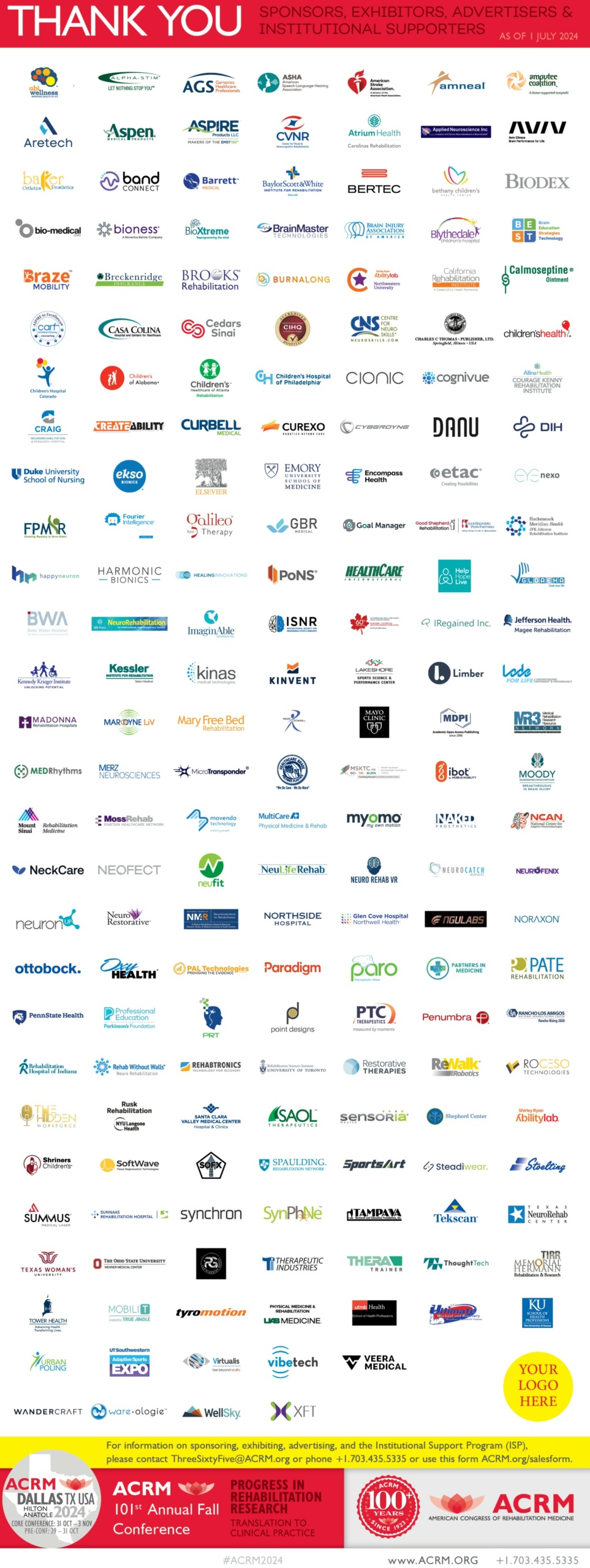Tips for Professional Portraits
A professional portrait is a crucial asset for personal branding, networking, and online presence. A high-quality portrait speaks volumes about your professionalism and attention to detail. This “HOW TO” provides reasons behind having a professional portrait and tips on capturing and sharing the perfect image.
REASONS
First Impressions Matter
A professional portrait is often the first visual representation of you that others encounter. It sets the tone for how you want to be perceived in the business world.
Personal Branding
Your portrait is a key element of your personal brand. It should convey your personality, competence, and approachability.
Networking Opportunities
A polished portrait can make a lasting impression, especially in professional networks such as LinkedIn. It increases the likelihood of attracting relevant connections and opportunities.
PHOTO CAPTURING TIPS
1.) Seek out a local professional photographer
2.) If you must do it yourself —
- Frame the upper body
- Avoid the common mistake of cropping too closely to the face.
- Frame the shot to include the upper body, showcasing your posture and creating a more engaging and professional look.
- Choose the Right Background
- Opt for a clean and simple background that doesn’t distract from your image. Neutral colors or a professional setting are ideal.
- Lighting is Key
- Natural light is often the best choice for a professional portrait. Position yourself facing the light source to avoid harsh shadows.
- Dress Professionally
- Wear attire that aligns with your professional image.
- Solid colors work well.
- Avoid busy patterns.
- Express Confidence
- Relax
- Project confidence through your facial expression and body language.
SENDING YOUR BEST FACE FORWARD
Send the LARGEST file type you have.
- Not too closely cropped to face.
- See 2a above.
General sizing guidelines
- A good quality photo for digital is at least 1 MB
- A good photo for printing is usually 2-5 MB in size.
- Dimension should be at least 1200 pixels wide and 1200 pixels tall.
- 150 minimum resolution / ppi. 300 preferred
Use descriptive file names
- Rename your file with a professional format, such as “FirstName_LastName_Portrait_date,” to make it easily identifiable for yourself and others





